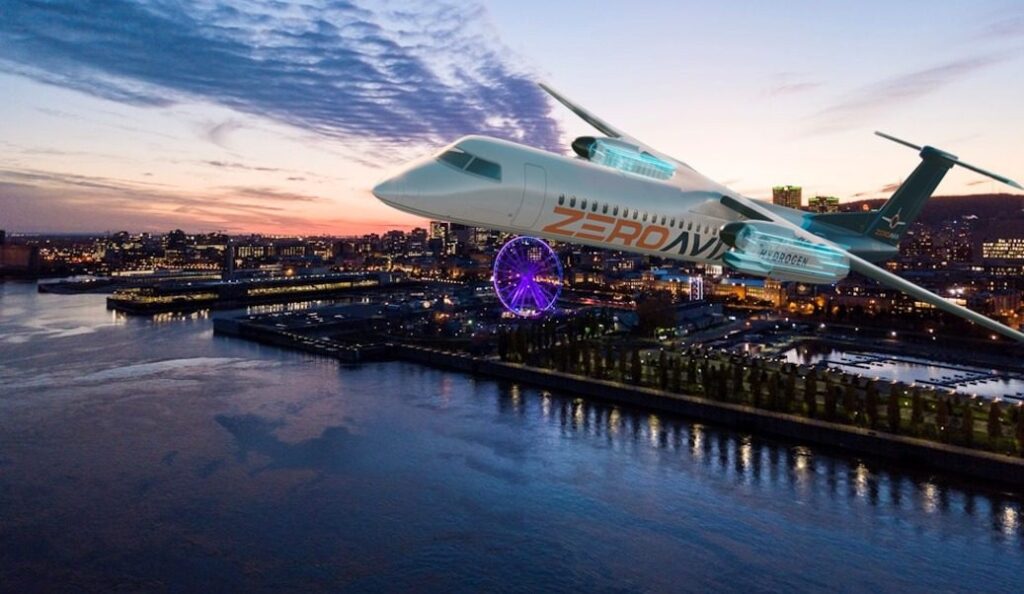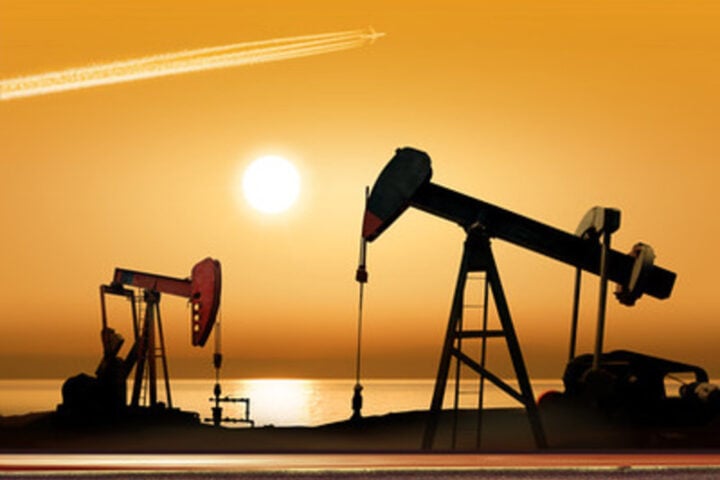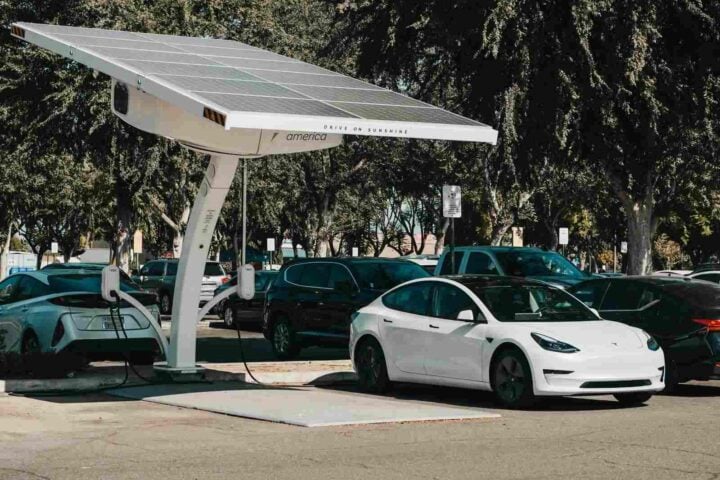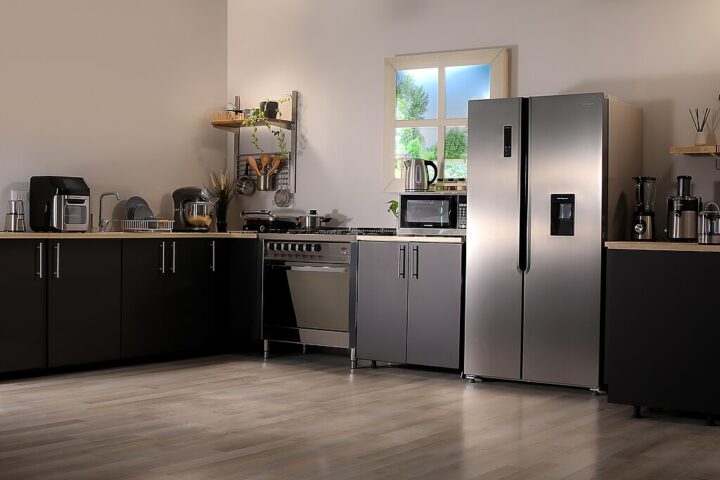
In their Q2 2024 edition of “The 50 States of Solar,” the N.C. Clean Energy Technology Center (NCCETC) shared information on state legislative and regulatory conversations and developments on distributed solar policy. The report reveals that in Q2 2024, 44 states, along with the District of Columbia and Puerto Rico, implemented distributed solar policies of some kind. The most actions were taken in relation to net metering policies, accounting for 64 states, residential fixed charge or minimum bill increases, 48 states, and 42 community solar policies. In Q2 2024, 182 distributed solar policy measures were implemented; the states of California, Arizona, Connecticut, New York, Pennsylvania, Massachusetts, and Virginia had the highest number of actions.

Policies, by Number of Actions. Photo Source- The NC Clean Energy Technology Center
Because of the large inflow of funds from the Inflation Reduction Act (IRA) to state agencies and sustainable energy programs, many states are seriously examining solar regulations. The following three trends in solar policy activity were identified in Q2 2024 by the report: states changing current community solar programs, states using formal research to inform net metering successor attempts, and states looking into the connection between IRA funding and solar programs. Six states made rulings, enacted laws, improved programs, or started studies related to solar policy in Q2 2024. The Public Utilities Commission (CPUC) of California has made two significant rulings regarding income-based fixed charges and community solar. The investor-owned utilities in the state have income-tiered fixed charges ranging from $6.00 to $24.15, approved by the CPUC.
Solar Policy Actions by Type and State (Q2 2024)
This bar chart represents the distribution of solar policy actions across different categories such as DG compensation rules, residential charges, and community solar for Q2 2024.
Similar Posts
They also approved a new Community Renewable Energy Program and modifications to the existing Green Tariff programs, using procurement mechanisms like the Renewable Energy Market Adjustment Tariff and PURPA Standard Offer Contract. The community solar garden program in Colorado was modified by lawmakers, with an emphasis on inclusive community solar development starting in 2026. The updated policy permits the distribution of excess credits to income-qualified customers and mandates that a minimum of 51% of a facility’s subscriptions be set aside for these customers. The membership fee is limited to 75% of the bill credits’ worth for customers who meet income requirements; this amount drops to 70% when IRA funding is used for energy communities and to 50% when IRA funding is used for bill savings. Connecticut and Washington lawmakers have launched studies on net metering. Connecticut’s study will explore the potential extension of the Renewable Energy Solutions Program and its potential alternatives, while Washington’s study will examine the value of distributed solar and storage along with alternatives once the net metering cap is reached.

Consideration in 2024 (as of early July 2024). Photo Source- The NC Clean Energy Technology Center
The aggregate cap for net metering will increase by 1% (of the utility’s highest annual peak consumption since 2014) per year until it reaches 5% in July 2027, according to law passed by Kansas lawmakers in April. In addition, the bill gives all customers a 150 kW system size restriction and guidelines for net metering crediting under time-of-use rates. Mississippi made a significant move due to federal funds, as a result of Solar for All funding, the Public Service Commission in the state halted several solar and storage projects. Rebekah de la Mora, a senior policy analyst at NCCETC, mentioned that states are starting to examine net metering programs independently from the valuation of distributed solar. These investigations focus on the policies, economics, results, and future projections of net metering systems with a focus on program redesigns and successors. Certain investigations, like those in Puerto Rico, are already mandated by law; other investigations, like those in Delaware and Washington, were suggested by recently approved laws. According to Brian Lips, Senior Policy Project Manager at NCCETC, “many states are now initiating their studies of net metering and alternatives to net metering following several quarters of states launching net metering successor tariffs.”


















